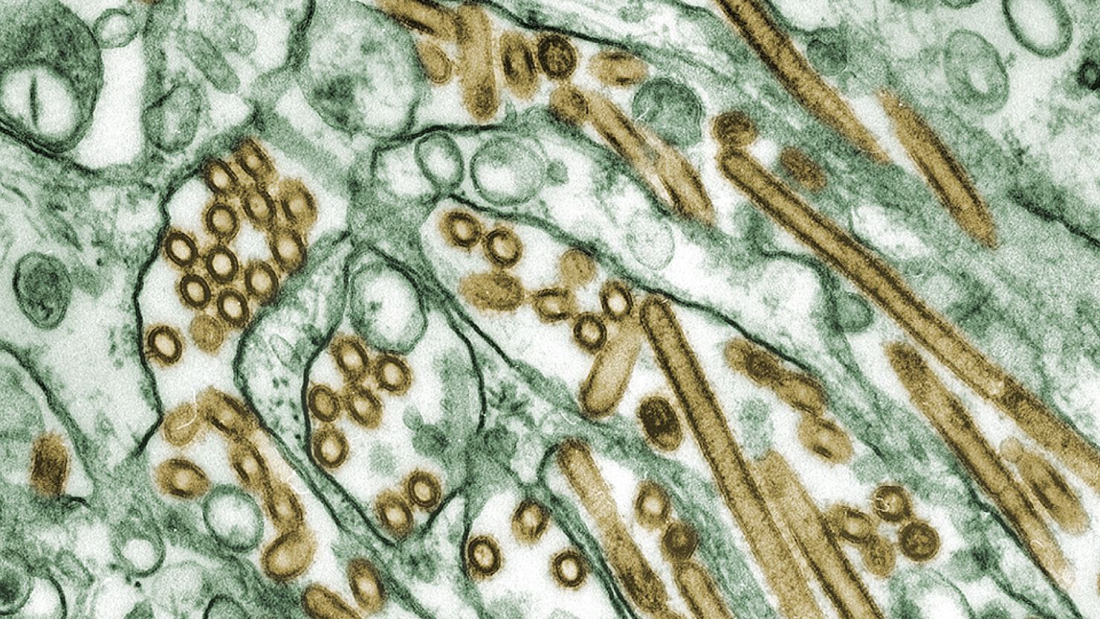
In an alarming development, a human case of bird flu has emerged in Texas, raising concerns over the spread of the virus beyond avian populations. The incident follows recent announcements from federal agencies regarding the widespread presence of the virus among dairy cattle in several states, including Texas.
The Texas Department of State Health Services revealed that the affected individual, whose identity remains undisclosed, exhibited only mild symptoms, primarily eye inflammation. Testing conducted late last week confirmed the presence of the bird flu virus, officially designated as H5N1, by the Centers for Disease Control and Prevention (CDC). Prompt treatment with oseltamivir, an antiviral medication effective against various strains of influenza, has commenced.
Dr. Céline Gounder, CBS News medical contributor, emphasized the relatively mild nature of the case, contrasting it with severe respiratory symptoms commonly associated with bird flu infections. Human cases of H5N1 can range from mild symptoms such as eye infections to more severe manifestations including pneumonia and even death, as stated by Texas officials.
This marks only the second documented instance of human contraction of bird flu within the United States, according to the CDC. Typically affecting wild birds, the virus has recently caused widespread fatalities among avian populations globally and has also affected mammalian species, including sea lions, seals, and even a polar bear.
The recent emergence of bird flu among dairy cattle in Texas, Kansas, and Michigan represents a concerning escalation, marking the first instance of this particular strain affecting U.S. dairy cattle. Despite the isolated human case, health authorities maintain that human-to-human transmission of bird flu remains exceedingly rare.
The Texas health department underscored that the virus has not undergone significant mutations conducive to increased human-to-human transmission. However, precautionary measures are being implemented to minimize exposure risks among workers in affected dairies and individuals handling infected cattle.
Public health experts stress that the risk to the general populace remains low but caution against direct contact with infected animals or their byproducts. Symptoms of bird flu in humans resemble those of typical influenza but may include conjunctivitis (eye redness), a distinguishing feature absent in seasonal flu cases.
As part of preventive measures, officials advise thorough handwashing, proper cough etiquette, and avoiding contact with sick or dead birds. Additionally, consumption of unpasteurized milk, especially from affected dairy cattle, is discouraged to prevent potential illness.
While the situation warrants vigilance, authorities emphasize that adherence to basic hygiene practices can significantly mitigate the risk of contracting bird flu and other infectious diseases.









